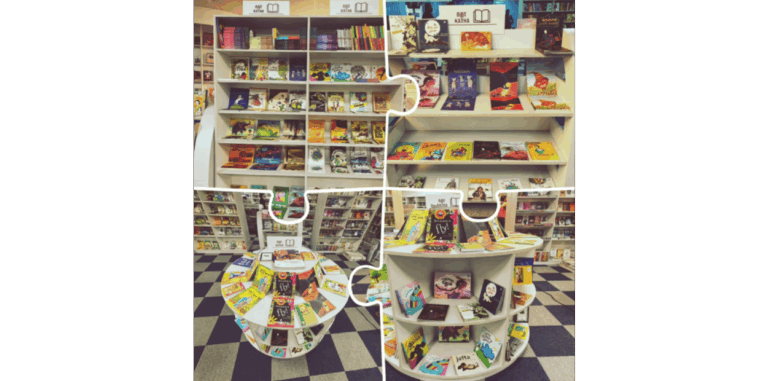Close your eyes and remember the first time you were read to. Maybe you were curled up in someone’s lap, their voice rising and falling like a lullaby. The room felt warm, safe – the world outside paused as the story unfolded.
You didn’t know it then, but something important was happening. You were learning to love words, to listen, to imagine.
Back then, reading wasn’t about lessons or learning. It was about bonding. That closeness – built through a simple story – was your first lesson in trust, attention, and love. The rustle of pages. A voice you trusted. You mirrored their enthusiasm, even if you didn’t fully understand the story. What mattered most was the feeling – that this was your time together. This is a gift that you can give your child.
Those early moments were about connection, more than the story. And when it’s your turn to read to a child, that same feeling can become your greatest tool. Your child will look to you, just like you once looked to someone else. When they see you treat reading as something joyful, not just useful, they mirror that enthusiasm – and begin to feel it themselves.
Creating this enthusiasm for reading is really important. In today’s world, where attention spans are rapidly decreasing, sitting down and reading helps your child focus. It helps them think about how to solve the problems they see in the story and learn from the characters they love.
One of the best things you can do to help your child nurture a love for reading is to take them to the library – a portal to unknown realms, a place where you could traverse multiple realities and step into dreamlike worlds. With countless shelves of picture books covering almost every topic under the sun, it is a perfect place for your child to discover new interests that give them reasons to keep reading. Within that magical space – the library – something even more powerful can happen: discovery. Sometimes the books they choose surprise you.
Giving them the freedom to choose books they’re interested in can also spur their enthusiasm. While your child won’t know exactly what they want to read, you know their interests. Borrowing a book your child is drawn to, just by the illustrations, can be a way to explore new ideas and passions they didn’t know they had.
Once your child picks out a book that excites them, they might read aloud with confidence, or stumble over words, learning with each try. These small moments are about growth and development. Each attempt helps build their sight vocabulary, little by little.
Children benefit from diverse routines, which offer a reprieve from boredom. You could opt to go bookless: one day, it could be an oral story, told with the humming of the fan in the background. Your story isn’t something you memorized; it flows according to your whims. Without pictures or text, your child starts to listen deeply, absorbing every detail. You pause, and they ask questions. Their concentration sharpens. They are building the story in their minds as you tell it. These spontaneous stories show your child that your bond doesn’t depend on a book, but that it lives in the time and imagination you share.
Another day, a picture book returns. You read slowly, pointing to the words as you speak, letting their eyes follow. You turn the page and wait, letting them take in the illustrations before moving on. When they read a line back to you, it’s a sign that their sight vocabulary is improving. Your consistency is paying off.
Then, there are times when you decide to let your child become a part of the story. This deepens your connection further and you get to know what your child would do when they are faced with challenges. They get to become the character, which means they are invested in the story, letting them understand it better. Now, learning doesn’t just happen through eyes and ears. It happens through action, making sure that the story and its lessons stay with the child for years to come.
Reading is about the small, quiet moments you share – the ones that help your child feel seen, heard, and curious. It’s about letting stories become a part of your everyday life, in whatever way feels right. These moments of connection help your child build essential life skills – focus, curiosity, empathy, and confidence – all of which contribute to long-term success. When reading is woven into love and laughter, it stops being a task. It becomes a joy. And when that happens, your child will want to read. And that’s where everything begins.


